Shigaraki Share Studio
Ceramic Wonderland
Ceramic Studio, Gallery & Shop, Kitchen
Shigaraki Share Studio began in 2016 as a collective ceramic art studio. The studio was incorporated in 2018, and in November 2021 two studio locations were established in Shigaraki. At present, a number of artists create work at these studios.
The Share Studio provides studio space mainly to artists from outside Shigaraki. Offering the chance to stay and experience life here over extended periods of time, we would like to communicate the fascination of Shigaraki to “creative makers” around the world. The goal of the Studio is to serve as a co-working space centered around ceramics and art.
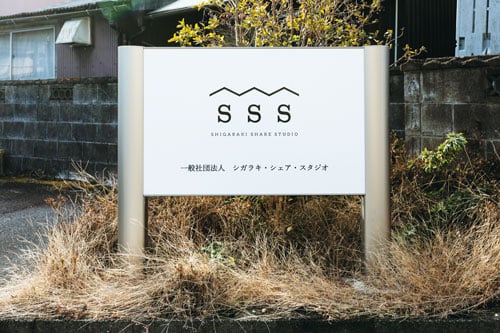
The Idea of Shigaraki Share Studio
In the autumn of 2021, the space adjoining our Nagano studio was remodeled into the “Shigaraki Share Studio Gallery and Kitchen.” With a studio, gallery, and kitchen, a variety of people can enjoy gathering together here. As a co-working space centered around ceramic art, we hope to attract people to the pottery town of Shigaraki to work, live, and grow.
Hopefully, the Shigaraki Share Studio will grow into a place where many things can happen: cooking classes using locally sourced ingredients, collaborations between local potters and chefs, a venue for market research, pop-ups by aspiring restaurant and cafe owners, and events hosted by members of the local community.
Ceramic Wonderland
The idea for Shigaraki Share Studio has been evolving in my mind for a number of years. I began by imagining an ideal environment full of resources; I called it “Ceramic Wonderland.”
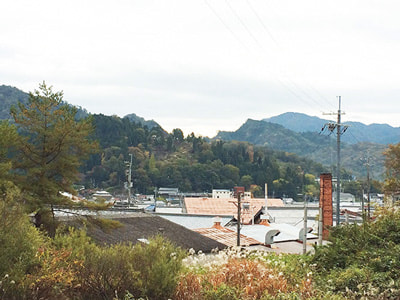
Please allow me to introduce you to my image of “Ceramic Wonderland.”
The ceramic population of Japan can be roughly divided into the following groups: People with titles who are associated with venerable organizations such as Nitten or the Japan Craft Association; veteran artists who bear the flag of the so-called “avant-garde”; well-known artists who teach at universities; young people who intend to earn their living from ceramics. From another perspective, we cannot forget the veteran artisans who work in pottery producing areas. Also the designers and ceramic artists who are involved in working in these regions. Scholars who are based in museums. Gallery owners and buyers who connect artists with customers. People associated with the media.
Those are the people who can be called pros. In addition to the pros, there are students who study ceramics at universities, and accomplished amateurs who belong to pottery classes at community centers and the like.
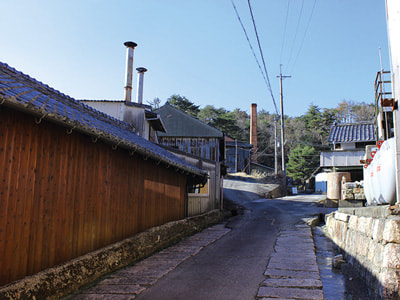
Roughly speaking, the above people constitute the ceramic population of Japan.
And what many of them seem to be waiting for is the debut of the “Ceramic Wonderland.”
It goes without saying that each artist’s creativity is an important factor in making ceramic art. A great environment increases the possibilities for creativity. The following features are indispensable to the environment of Ceramic Wonderland:
- An abundance of raw materials, and the ability to easily obtain necessary materials.
- Accessibility to a variety of equipment and tools.
- Other artists, from young artists to veterans, with a variety of approaches to their work.
- Someone to evaluate work objectively.
- An accessible sales route nearby.
To me, this environment seems like a dream. But a relatively similar environment existed in pottery producing towns until around the middle of the 20th century.
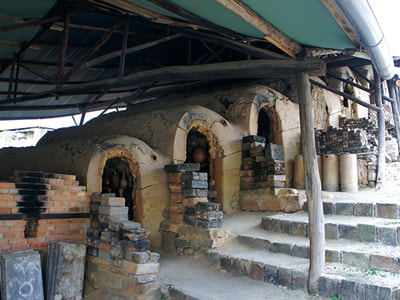
I hear that at Gojo-zaka in Kyoto, there used to be a communal climbing kiln. Potters with studios nearby would bring their work and fire the kiln together. Sadly, this custom is not practiced anymore.
In Shigaraki, they say there was a time when a few dozen climbing kilns would be belching smoke from their chimneys. When a kiln was rebuilt, a cooperative organization called a “yui” would mobilize to provide labor. This was the custom in the old days.
In those days, artists from Kyoto would often come to work at Shigaraki kilns. In exchange for designing flower vases or other products, they would be allowed to do their own work at the factories. I have heard many stories of this kind of arrangement from old-timers in Shigaraki. A strong bond between artists and factories was established based on a loose arrangement. That is what the atmosphere was like, I hear.
I have also heard that some Shigaraki pottery factories had systems in place for training young potters. A highly skilled artisan (although he might have been a scary old man with a hot temper) would be placed in charge of a factory. He might have been scary, but working under such an artisan enabled young people to acquire a variety of important techniques. Workers at such factories were not just one part of a production line, but were able to see the entire process of pottery production.
Admittedly I am writing about a past that I myself don’t know, but have only heard about through word of mouth. But I have no doubt that the core of “Ceramic Wonderland” existed within such an environment.
My ideal “Ceramic Wonderland” can be found in the image of pottery producing regions of the recent past. How about that? Today, with a sluggish economy, the social environment surrounding ceramics has changed. It is simply not possible to return to the system and environment of the past.
With that reality in mind, still I would like to introduce you to my dream.
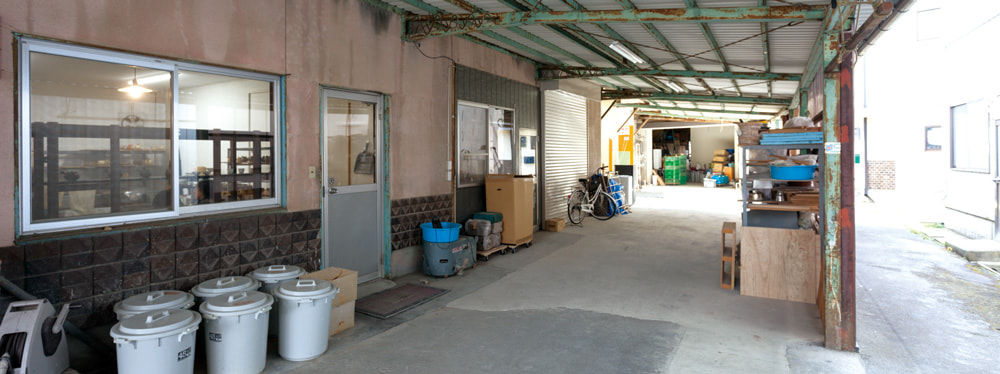
First, we need to reconfirm the assets that are present in pottery producing regions. These can be divided into two categories.
The first category is physical assets. What equipment is at which workshop or factory? What are the specialties of each producer? What do they have experience in making there? Such a survey of the present state of workshops, factories, and related facilities is necessary.
The second category is human resources, in particular with regard to those over 60 who have retired from active work. In other words, we need to establish human resource banks in pottery producing areas. Gathering information from people who have highly skilled techniques and those who can tell stories of the past is essential. Then, someone needs to process this information.
Once we have gathered information about the present state of resources in these areas, everyone needs to be able to share the information for it to be useful. It is particularly important to convey techniques and information to the younger generation. Perhaps young people will not be interested in learning these things. If that is the case, we need to find out how to arouse their interest.
In addition, young people need to be included to actively revitalize pottery regions. Universities and other institutions are producing a large number of hopeful ceramic artists. Pottery producing regions need to recruit promising young students. Most young people today have no desire to work in factories. If that is the case, we need to build a new, more flexible kind of relationship between industry and young people, a relationship that is different from the traditional factory-worker relationship. As a part of this recruitment strategy, the above mentioned physical resources of pottery producing regions must be included as part of their appeal.
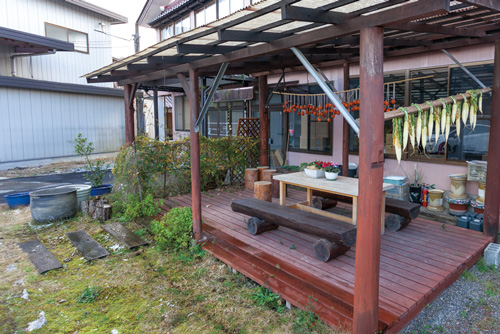
It is necessary to provide a free and open environment for young people, and an educational system within the area where they can improve their skills. The human resources mentioned before can be effectively used for this purpose. As a rule, when one is totally immersed in a place, other places or workshops by famous artists can seem more attractive. A Japanese proverb says that “The base of a lighthouse is dark.” Often it is hardest to see clearly one’s immediate surroundings.
Some system to help young people live and work in pottery towns is also necessary. I believe that this is the role of local government. To set up a studio and make a living making ceramics, sooner or later a significant investment in expensive equipment will be necessary. There is a clear need for a system to help promising young people reach their goals.
Once young artists have received help in becoming established, to get them to remain in the area a network of sales opportunities is necessary. We need a system for putting high quality ceramics on the market at fair prices.
Once all of these things have been accomplished, we can say that our “Ceramic Wonderland” has been achieved.
As mentioned above, I believe that pottery producing regions, or local industry, or traditional industry, are experiencing difficult times today. In order to usher in a new generation of industry, government and society must pay more attention to the needs of this sector.
To overcome the difficulties of the current times, it goes without saying that more high quality original work must be created. If this can be accomplished, more people will come and new directions can be pursued. For this purpose, isn’t “Ceramic Wonderland” an appealing idea? I hope it is a dream that will come true.
Sugiyama Michio
Shigaraki Share Studio
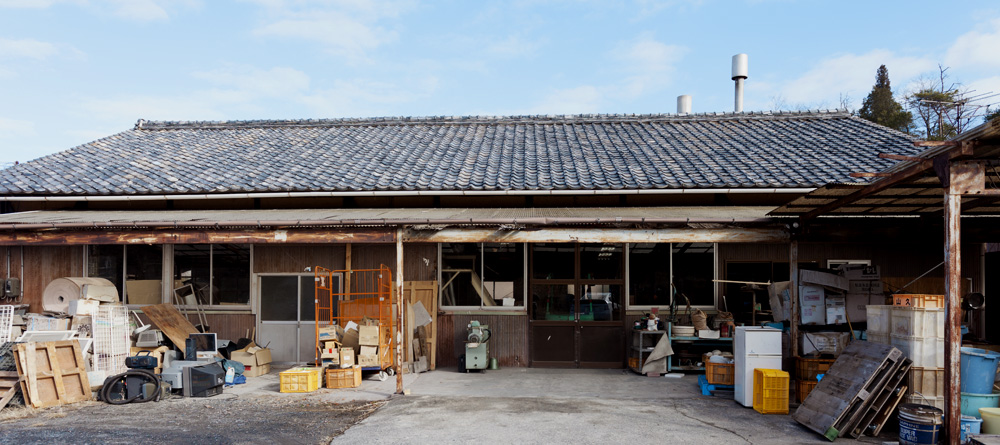





 SSS-official
SSS-official